There’s a sense of security that comes with knowing how saleable your home is – whether you plan on jetting off and buying in Marbella or you just fancy a change, getting your home on the market and sold can prove quite the challenge.
And with the recent dip in the average price of UK property of 1.3% as of August 2022, as reported by Rightmove, you may be wondering just how much you could get for your home.
But first, let’s address the elephant in the room: house prices.
Current house prices are in line with summer price trends over the last decade – the recent dip in value is completely normal, and there is absolutely no need to worry.
Besides, the rest of the year looks promising – as we all settle back down and pack up the deck chairs and garden furniture, house prices are expected to rise again before the end of the year.
But with that out of the way, the remainder of this article will discuss more on saleability – specifically, key things you should look out for, alongside our saleability quiz to help you determine just how saleable your home is. Exciting, right?

How saleable is your home?
Before we get around to the saleability quiz, let’s discuss the factors that determine whether your home is ready for the market.
All homes are saleable, but to get the best price for your four walls and pride and joy, you may wish to consider the following factors:
- What is the neighbourhood like?
- Where is your home based?
- How big is your home?
- What condition is your home in?
Keep reading to find out how each factor affects saleability – these aren’t the be-all and end-all (so don’t panic), but they are definitely worth considering.
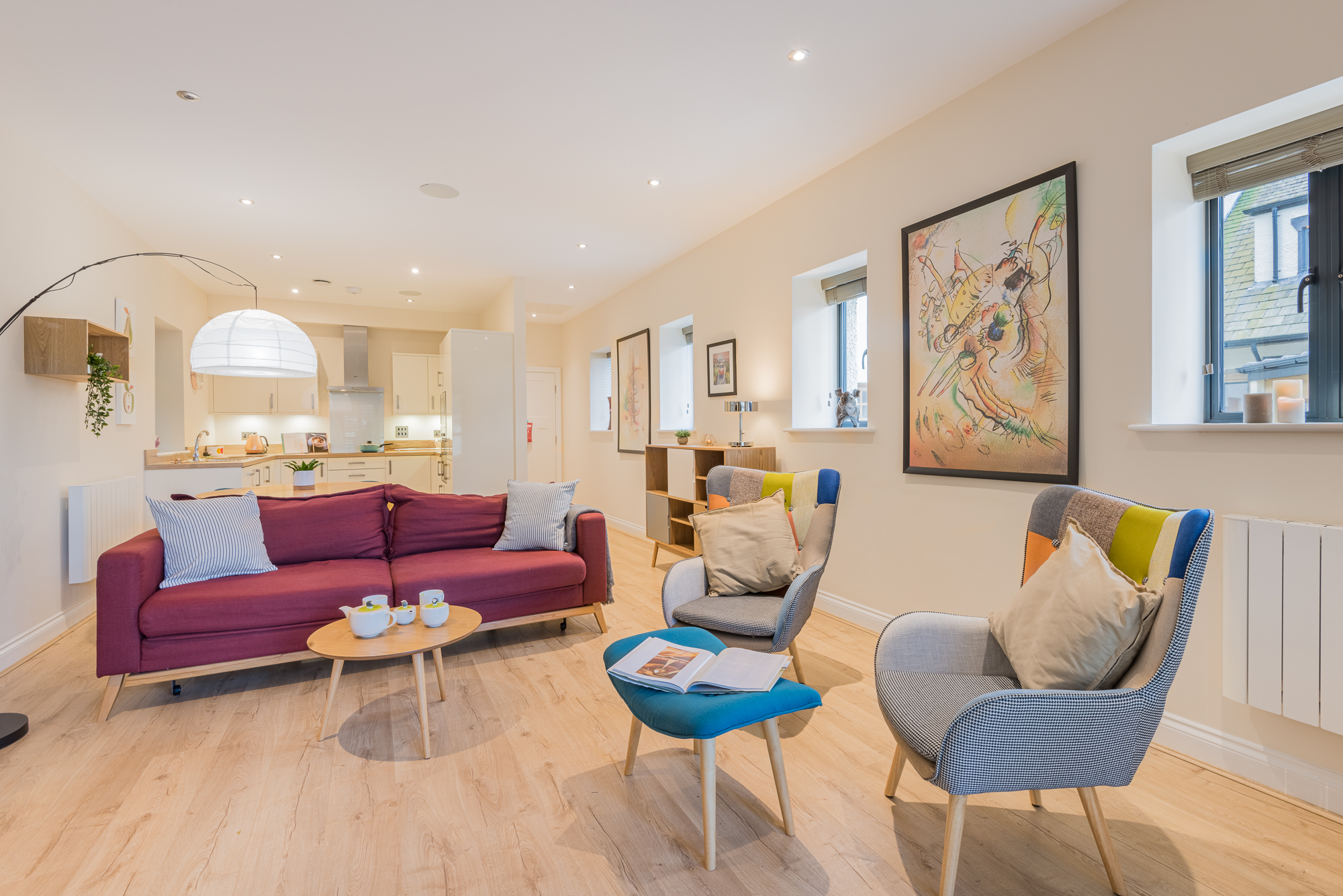
What is the neighbourhood like?
It’s no secret that homes in nicer neighbourhoods typically sell for more.
People pay more for increased security, peace of mind, better schools, local amenities, and so forth. And who can blame them?
If you live in a nice neighbourhood, your saleability goes up.
And if you don’t live in the best of neighbourhoods, then don’t worry – there are many other factors that will also be taken into consideration.
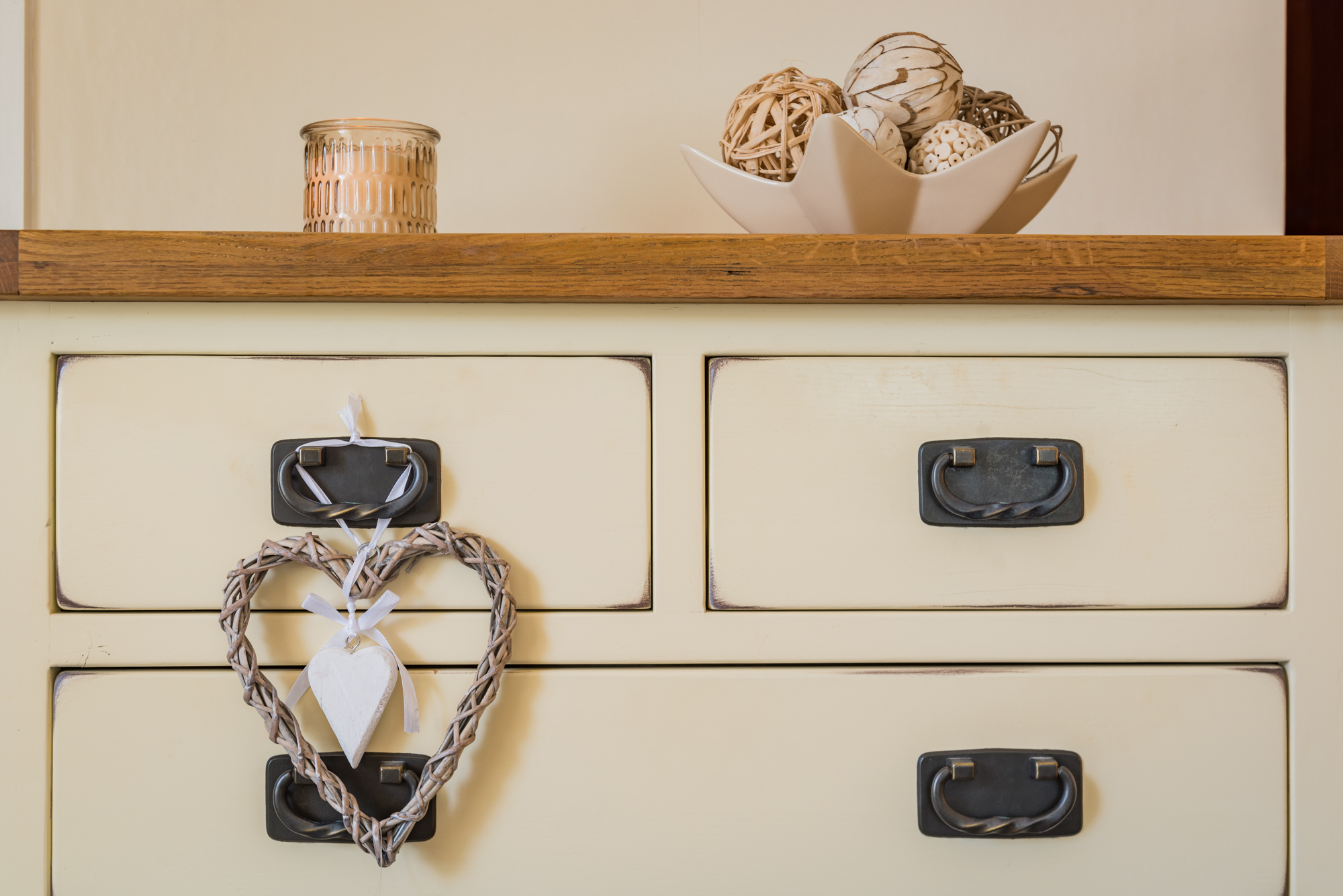
Where is your home based?
Alongside the neighbourhood, the location of your home is just as important.
Is your home close to a motorway? Do you live near to local attractions? Are you a five-minute drive from the shops but in the heart of the countryside?
The location matters – it massively determines the value and the attraction of your advert or online listing.
Now, you can’t exactly move your home, but understanding how location affects the price and overall attraction is useful.
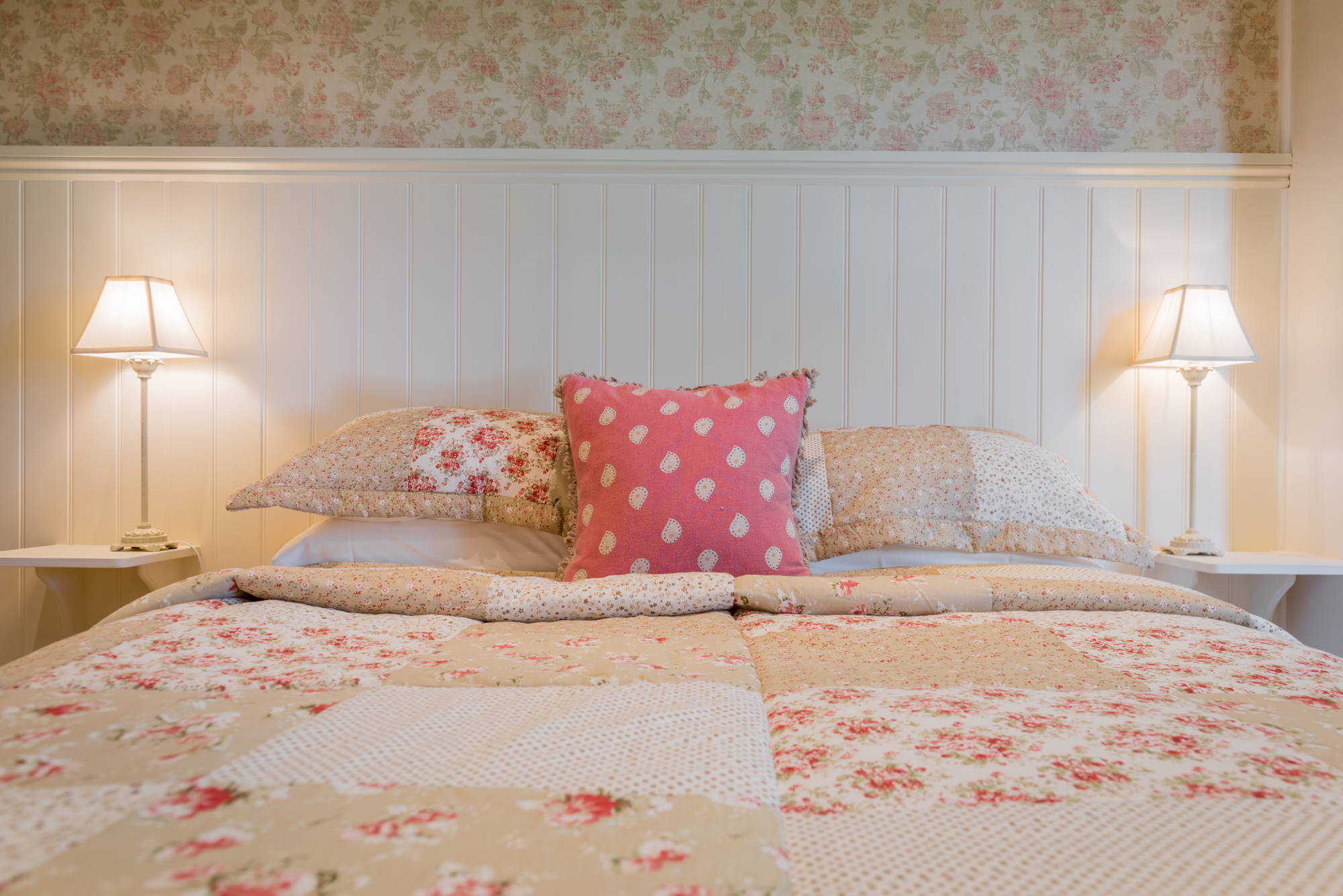
How big is your home?
The size of your home directly impacts the valuation – how many bedrooms and bathrooms does the home have?
Buyers often pay per square foot, but the price varies massively depending on the location – a four-bedroom home in central London is worth considerably more than a four-bedroom home in the heart of the countryside. Scenic or not, people pay for location.
What’s most important is liveable space – the kitchen, bedrooms and bathrooms are also key selling points.
A large modern kitchen will increase saleability much more than an old worn-down wooden kitchen that’s decades old.
Consider a simple renovation before listing your home on the market to further increase value and saleability. We promise, it’s worth every penny!
What condition is your home in?
A home in good condition is usually one that performs well on the market.
Typically, most buyers would rather purchase a home that, well, looks like a home. Add those finishing touches, add a fresh lick of paint and a little bit of love, and give prospective buyers a glimpse into what makes your home so great.
As a general rule of thumb: it’s always a good idea to clean up and perform a few basic repairs around your home (if needed) before seeking a valuation.
That means tidying up those wires, repainting the skirting boards, and fixing that extractor fan for good (come on, nobody likes mould).
A little bit of hard work goes a long way – you can increase the value of your home drastically; don’t neglect those quick fixes and repairs.

Saleability quiz
It’s not just about the physical condition of your home (although this is very important), but the saleability of your home is also heavily tied to:
- Your estate agent
- Your brochure
- Your online advert
- The price
- If you prepare your home for viewings
But it doesn’t end there – you need to be in regular contact with your estate agent, your brochure must show the best of your home, you need to dress and prepare your home for viewings and the price must sit within a realistic bracket.
Add all these factors together, and you’ve got a saleable home. It’s that simple!
Take the Johals Estate and Lettings Agents saleability quiz and find out just how saleable your home is!
If, after completing the saleability quiz, you did not get the results you were hoping for, then give us a call on 0116 296 6888 or email us at leicester@johalsproperty.co.uk – we’ll get right back to you with further advice.
We’ll provide you with our expert opinion on what needs to be done to secure a successful sale of your home – paired with a bespoke marketing strategy; we’re confident you’ll have success on the market.
Let us help you sell your home – it’s what we do!
Saleability Quiz
Think about every question carefully, and try to look objectively at your marketing materials and how your home is presented. Then give your answers in the form of points, awarding from a minimum of 1 to a maximum of 5 for each bullet point listed under each element below:
- Your estate agent
Communication and feedback are key to helping you understand how the marketing is going and reassuring you that your agent really is doing their best to sell your home. So:
- Do they call you regularly – at least once a week?
- Do they accompany every viewing?
- Do they give you detailed feedback after each viewing?
- Have they made any suggestions around how you might be able to generate more viewings – other than dropping the price?
- Your brochure
Your brochure needs to convey the quality of your home, setting a standard and value before the prospective buyer sees it in person. And the photographs have got to showcase a desirable lifestyle, grabbing buyers’ attention and enticing them to view.
- Does the brochure fully represent your home – we usually recommend 16–20 glossy pages – and does it have a luxurious feel?
- Are your photographs professional, and do they sell a lifestyle? The features of each room should be shown in crisp detail, and the images should convey an aspirational feel. In a sitting room, for instance, fires and candles should be lit, fresh flowers put out, and lights switched on to ensure the room looks spacious and bright, but cosy and inviting at the same time. A gently bubbling bath with flickering candles is selling a relaxing and luxurious lifestyle, not just a bathroom. And for kitchen photographs, some fresh baking will bring the image of the room to life and stimulate more than just the buyer’s visual senses.
- Is the written description enthusiastic in tone and full of emotive adjectives? The copywriter should be conveying a narrative that really captures the buyer’s imagination and makes them want to experience your home for themselves.
- Does the floorplan include dimensions and the overall floor area and show the orientation of your home?
- Your online advert
This is your virtual shop window, and with the possibility of hundreds of other homes appearing in search results, your listing needs to stand out.
- Does your main photograph grab a buyer’s attention and encourage them to click for more information? We find that a twilight shot with all the interior and exterior lights on can be a particularly striking image and is often the best one to use online.
- Does the listing have a punchy, eye-catching headline?
- Is the description concise, while still selling the best features of your home in a flattering way?
- Is there a good-quality image of the floorplan, and brochure download button available?
- The price
If a home is marketed at too optimistic a price, it tends to sit on the market for longer. So you must make sure your home is advertised at a price that both reflects its true value and attracts buyers.
- Is your asking price a round figure, e.g. £950,000, not £949,999?
- Does your home appear at the top of a search in your price range?
- Do you know how your price per square foot compares to that of other similar homes in the area?
- Have you stuck to your asking price, even if your agent thinks you should drop it?
- Preparing your home for viewings
You must do all you can to make buyers fall in love with your home – from the moment they first see it on the market to the end of their viewing.
- Do you style and tidy the outside – both the garden and your home itself?
- Do you have fresh flowers inside?
- Do you dress all the beds?
- Do you switch on lamps, light candles and have fresh coffee or baking to create a homely and welcoming atmosphere?
Now, add up the points.
If you have a Saleability Score of more than 80, well done – that suggests both you and your agent are on top of your home sale! Just take note of the areas where you might want to make a few tweaks, and if you still find you’re not getting enough viewings, then get in touch with us.
If you’ve scored between 50 and 80, there are probably quite a number of areas that you and your agent could work on. The good news is, this means there’s every likelihood that if you can just make the right improvements to your marketing, you should be able to attract much more interest and start to get some offers coming in.
However, if you have under 50 points, it’s probably time to consider a full marketing makeover. And if your current agent hasn’t already addressed the various challenges, it could be time to switch to one that’s more proactive and professional in their approach. We would be more than happy to discuss how we can help you with this, so please feel free to get in touch with us at any time.


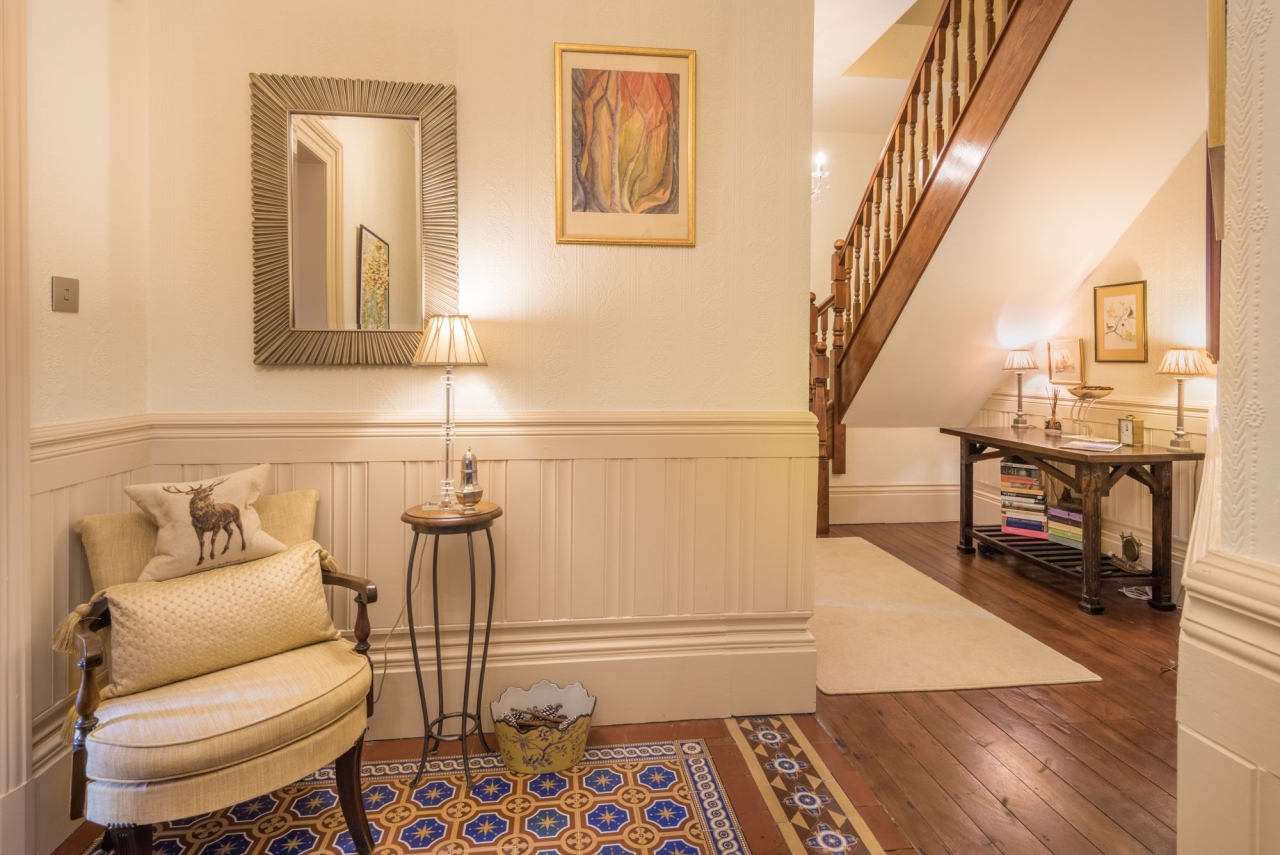


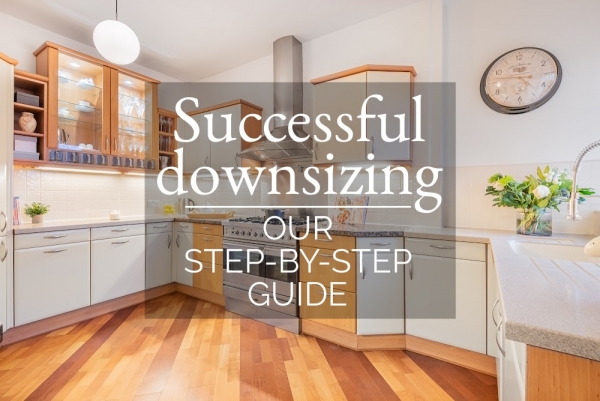
Share this with
Email
Facebook
Messenger
Twitter
Pinterest
LinkedIn
Copy this link